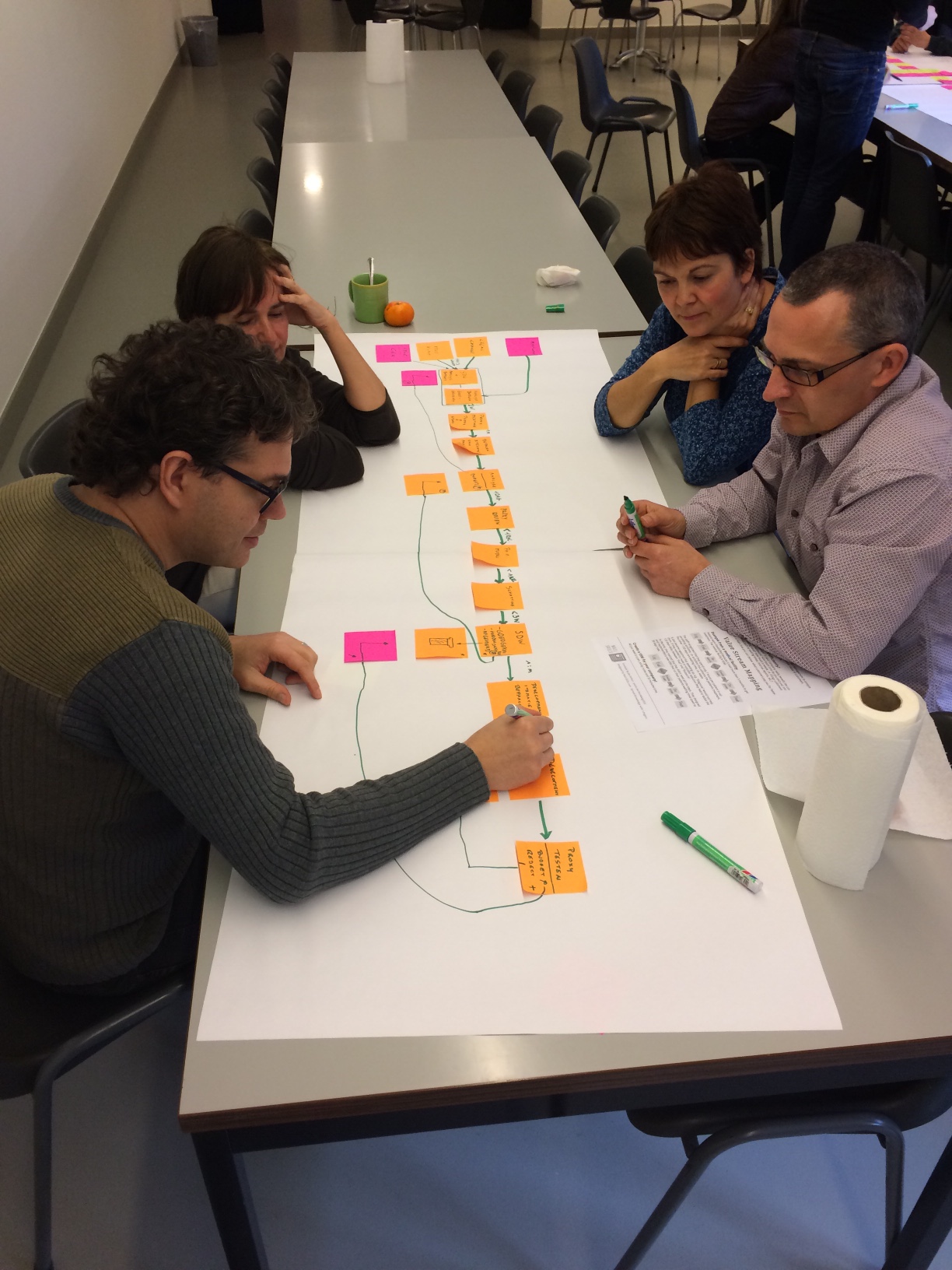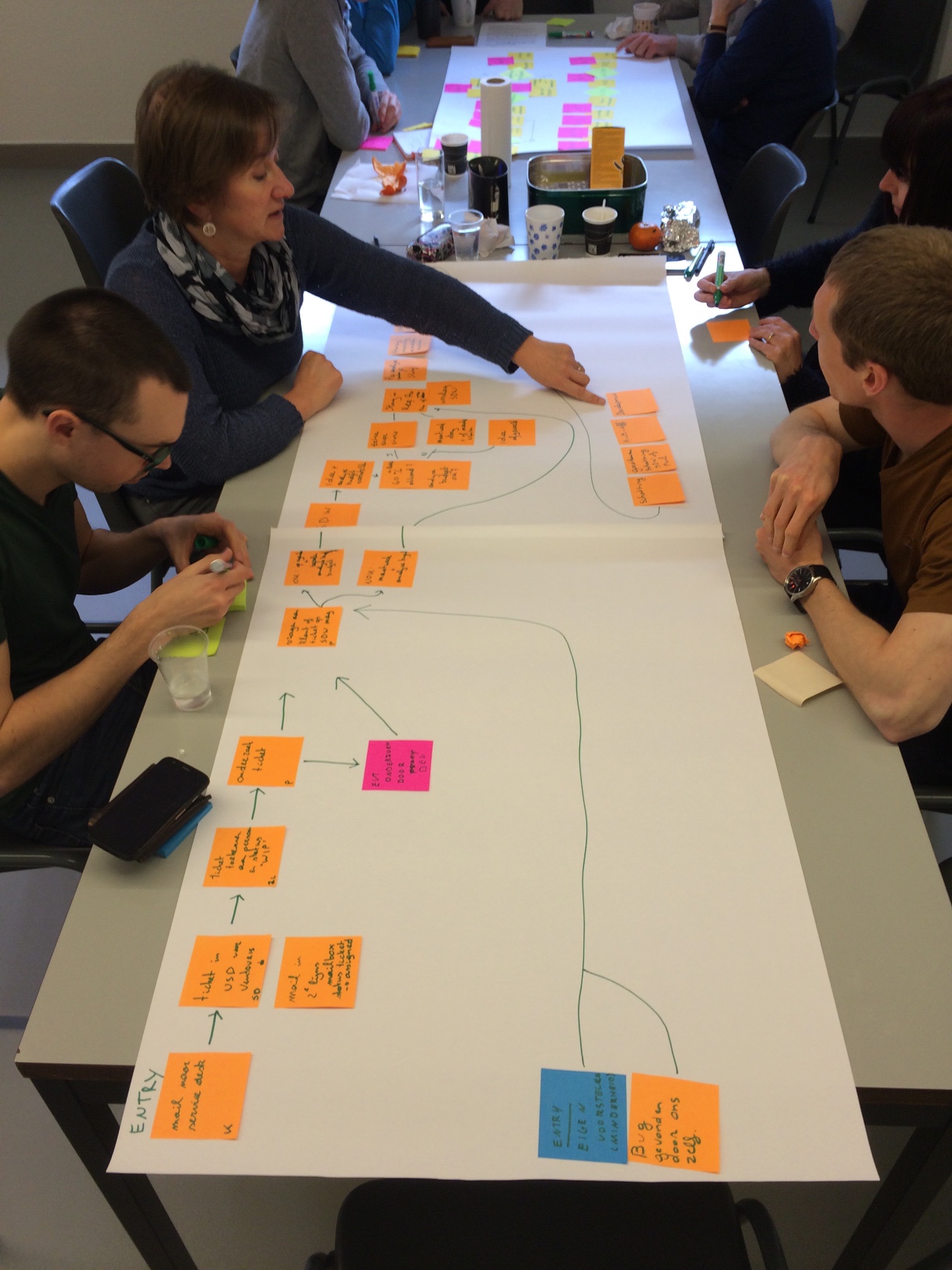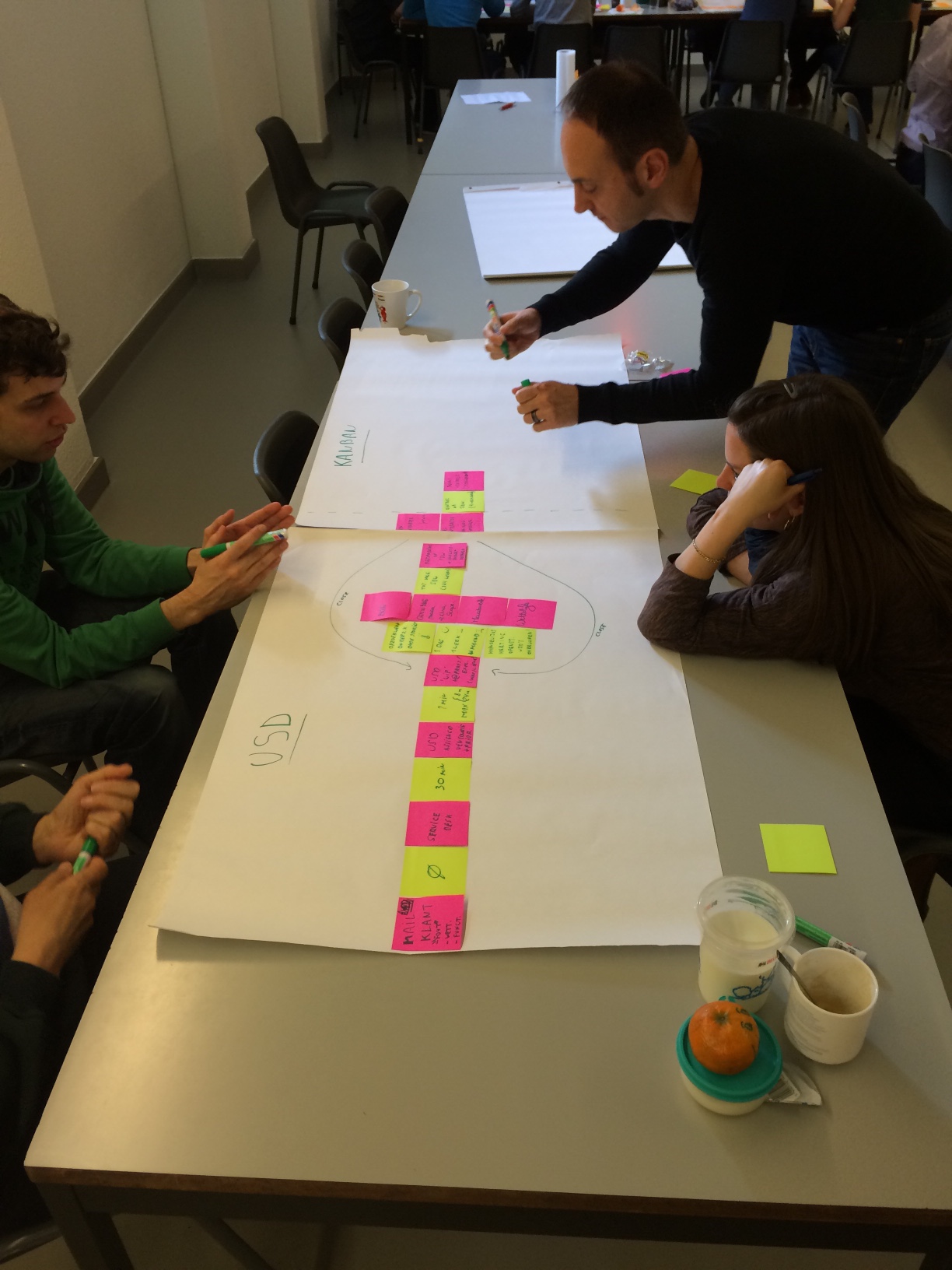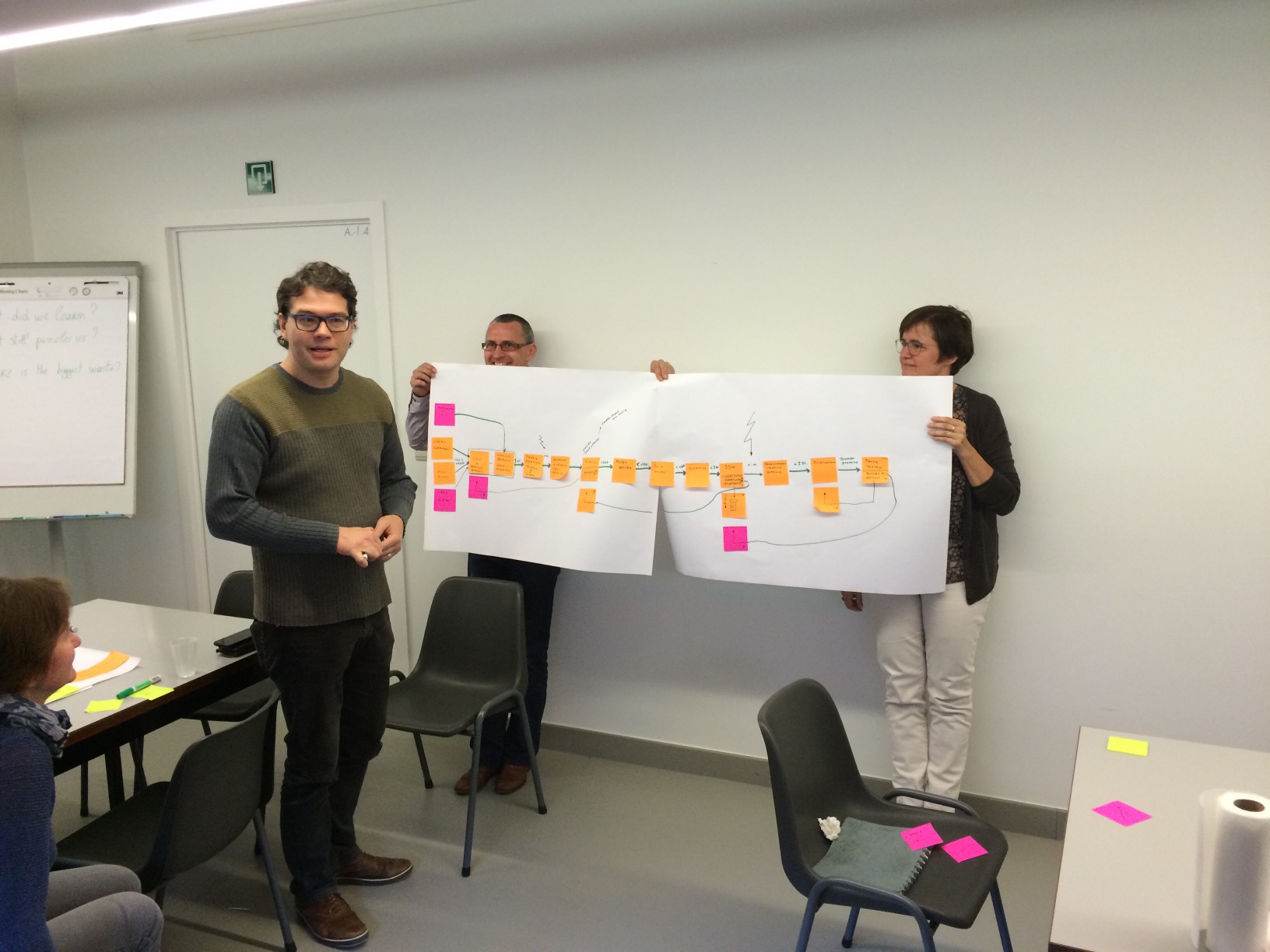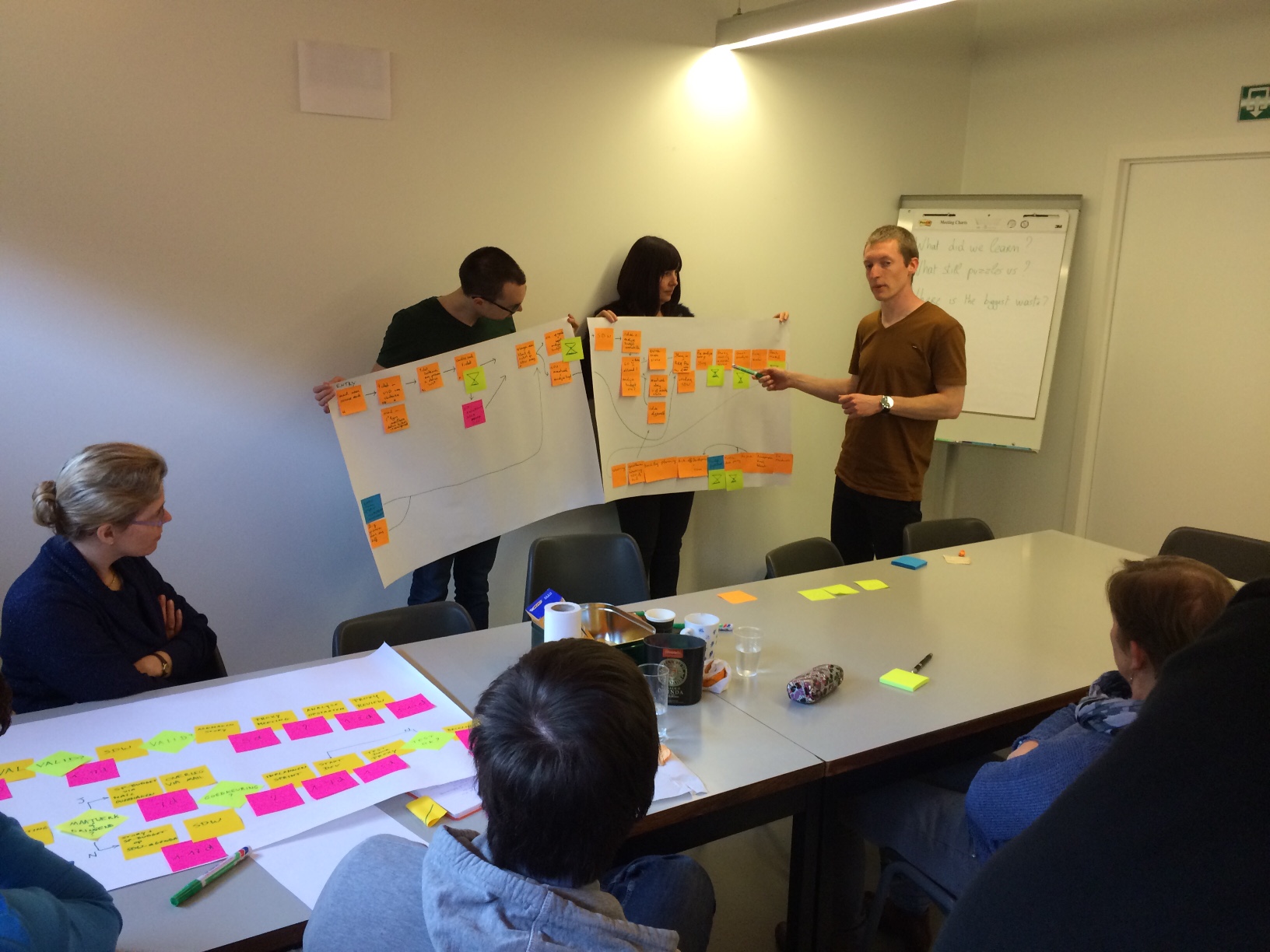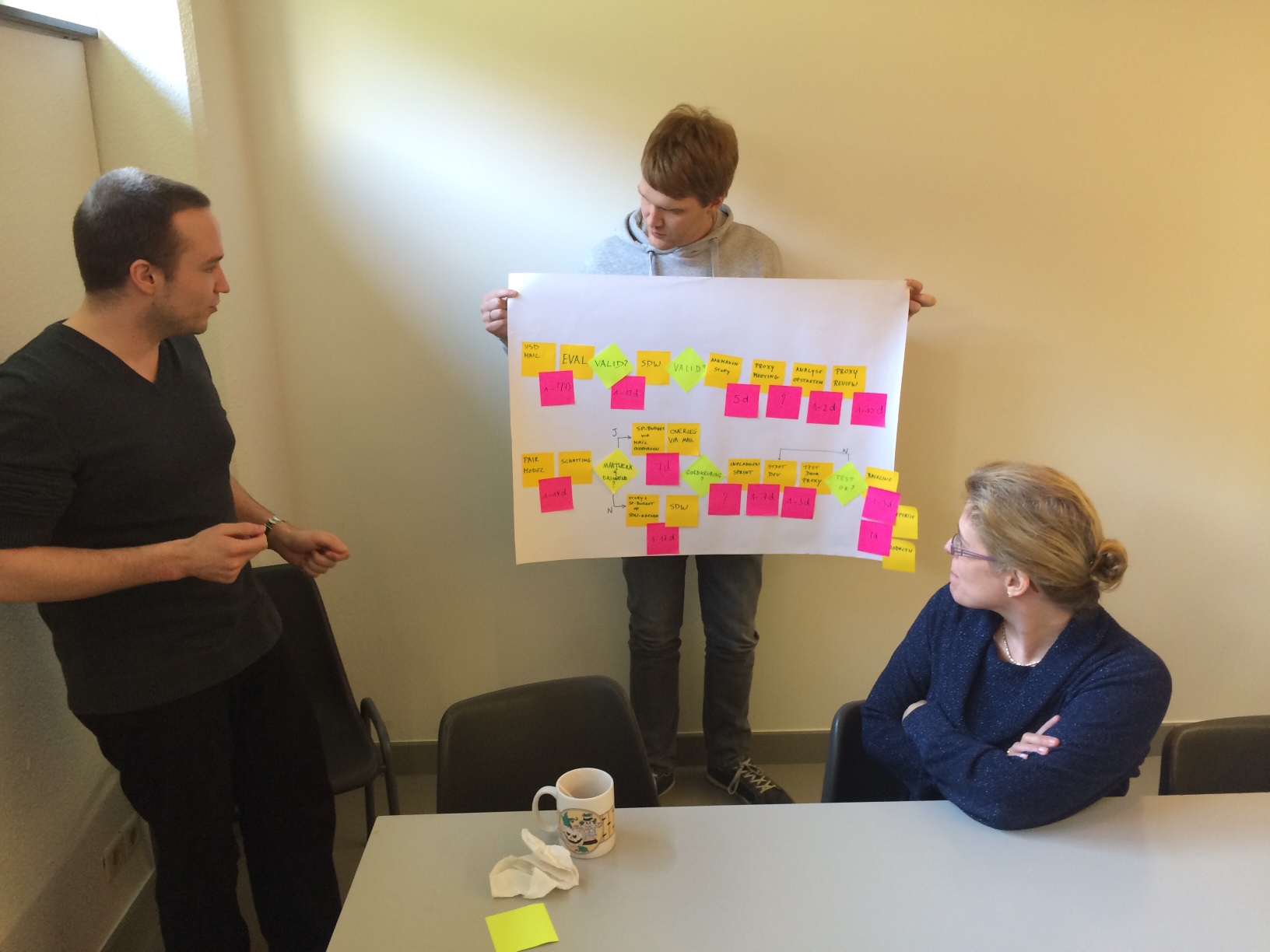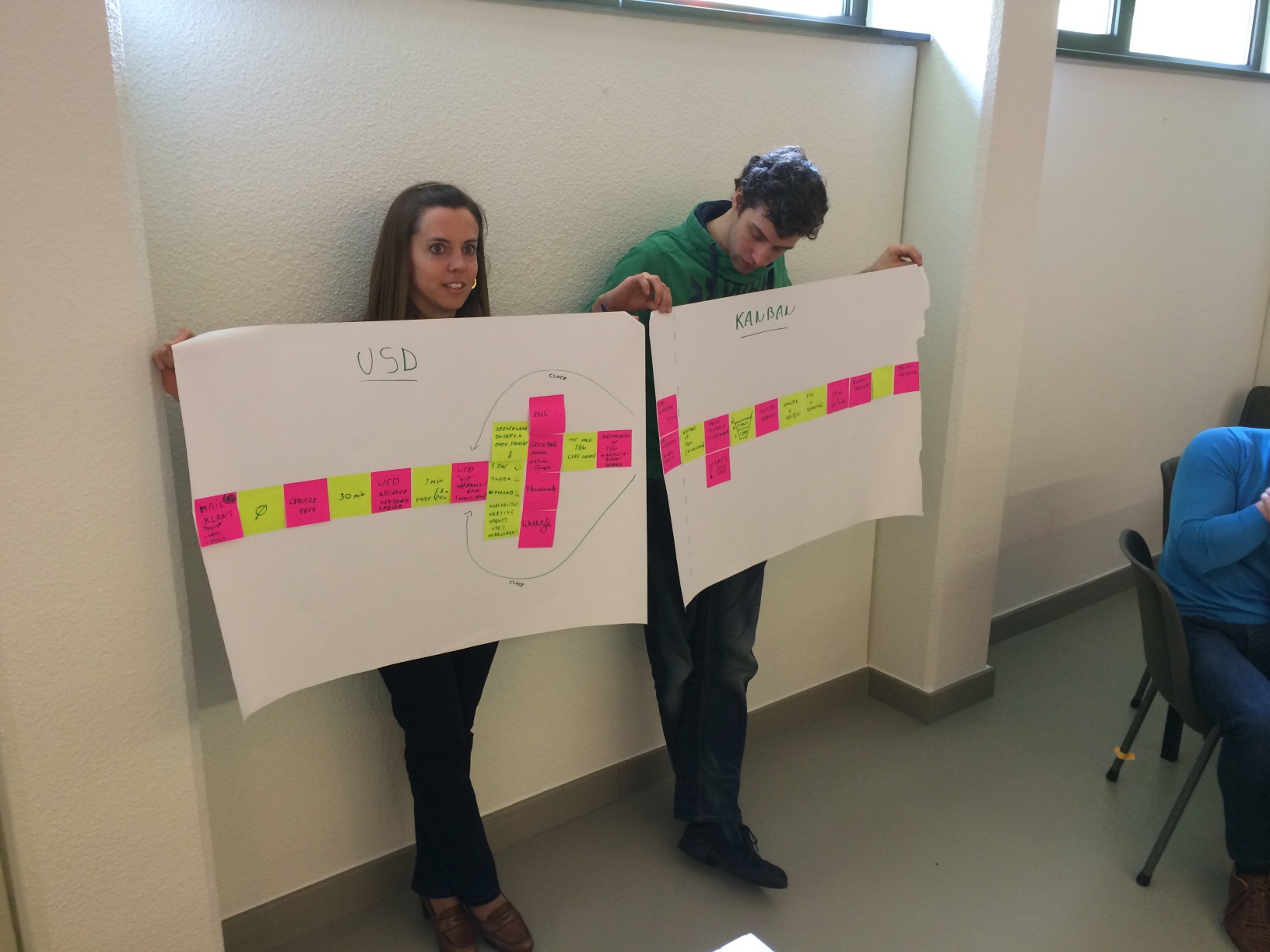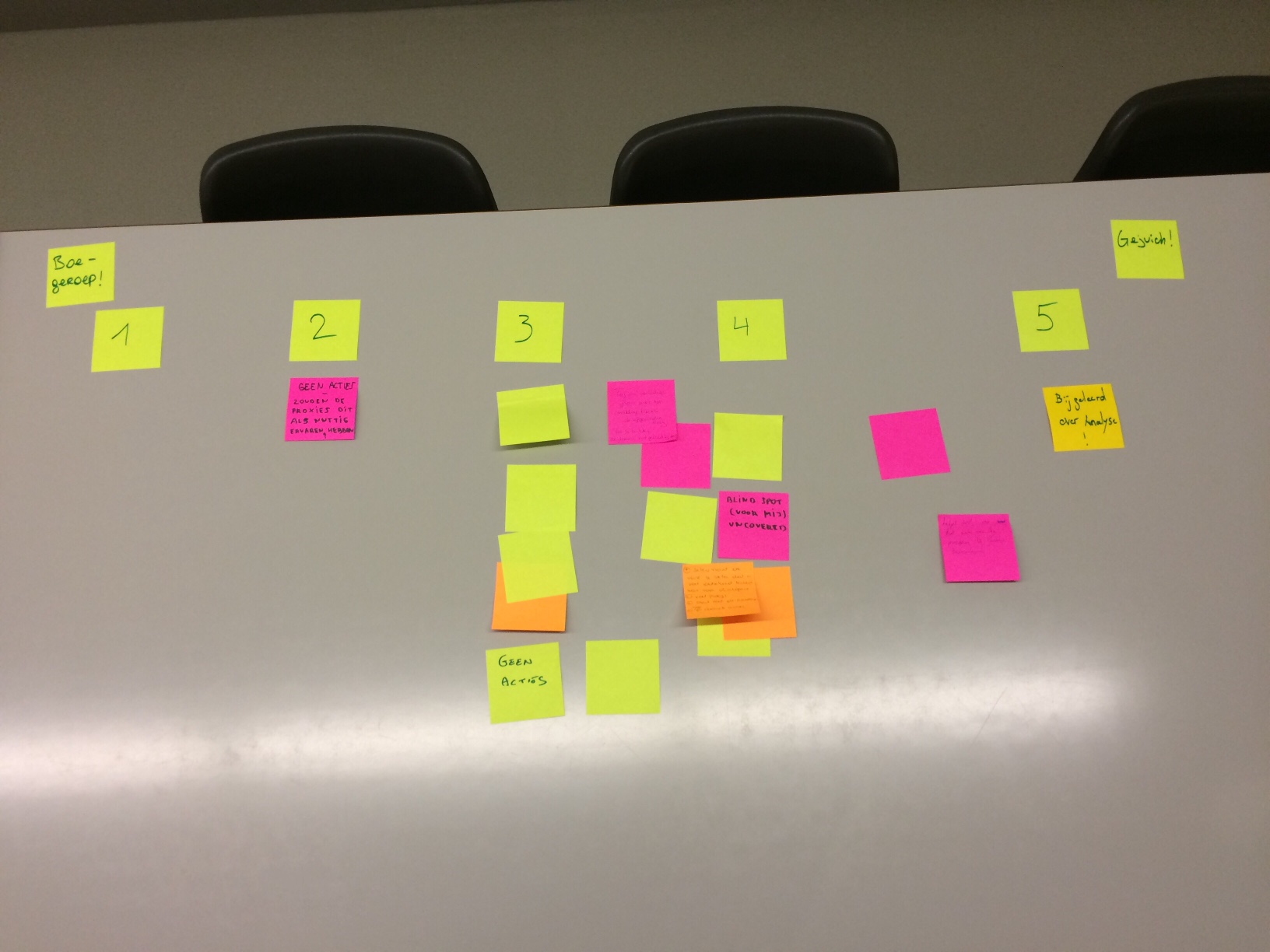 Value Stream Mapping Retrospective
Value Stream Mapping Retrospective
15 Apr 2016 •
5 min. read • Read the comments
Tagged Experience Report, Value Stream Mapping
TL;DR
Use Lean principles’ Value Stream Mapping if you want to:
- identify and optimize your process
- boost team morale by showing you’re making something valuable
- boost collaboration between analysts and developers
- want a break from the drudgery that is Mad, Sad, Glad.
Check my lessons learned to make sure you don’t make the same mistakes.
What is Value Stream Mapping
Value Stream Mapping is a collaborative exercise originating from Lean Principles, that visualizes the process of delivering value to your customers. As a result of the visualisation you’ll be able to analyze the flow of materials and information, identify chokepoints and waste, etc.
Setting the Stage
About 2 to 3 minutes
Make sure you mention Norm Kerths Prime Directive, especially if this is your first retro, but also as a refresher.
Aside from that, pick one! The internet is a vast ocean of possibilities.
Since we have the tradition of bringing a snack when it’s your turn to facilitate the retrospective, I brought clementines. I told my team to first draw a face on this fruit, expressing how they felt at the time. Being silly is very much allowed.
Gathering Data
30 minutes
I then started off by explaining Value Stream Mapping and told them to divide into groups of 4, with each group having at least 1 analyst. I asked them to create a flow of a story or a bug, not both. All teams ended up using the perspective of a story in our process.
Every group had an ample amount of sticky notes, sharpies, and flipchart paper. I also gave them a pdf printout of the Value Stream Mapping explanation they could refer to when something wasn’t clear.
They were kept up to date on how much time they had every 10 minutes. At first I didn’t plan to spend this much time in this phase, but they all seemed really into mapping out our process and having fun that I decided to have them continue on for a little while longer.
Generating Insights
5 minutes
While the groups were still working on their Value Stream Map, I went by each one and told them they had 5 minutes to answer 3 questions that I also wrote on a flipchart:
- What did you learn?
- What still puzzles you?
- Where is the biggest time-sink/waste?
Sharing results
20 minutes
After those 5 minutes were over, I had every team share their Value Stream Map and their findings to the other groups.
There was some discussion as well, mostly on our process. Remarkable was that every team had a different style of Value Stream Map.
Our alotted retrospective time was up, so we didn’t get a chance to make any S.M.A.R.T. actions. We did agree to have a follow up meeting with a couple people that showed interest to tackle some bottlenecks.
Retro of the retro
I listed sticky notes with numbers 1 to 5 on them on the table closest to the exit of the room and laid out stacks of sticky notes and sharpies.
The idea was for everybody to put a sticky note in the column corresponding to their opinion. 1 meaning Crowd is booing, 5 meaning Crowd is cheering. If they had concrete suggestions or remarks, they could write them down on the post it as well.
I liked this, because it lowers the threshold to give feedback. People that wanted to give remarks did, and people that didn’t still hung up a sticky anyway.
I loved how engaged everybody was when creating the Value Stream Maps and I loved the interaction between developers and analysts. This also came out of the feedback I got.
Lessons Learned
Something I should have done at the beginning of the Gathering Data phase is to emphasize that they shouldn’t go into too much detail when following the flow of a story. Because this caused groups to require more time to finish the entire flow of a story. Mentioning that they should not use the current kanban board as a reference would have helped a lot too I think. Mostly because this causes them to start off on a level of detail that is unnecessary for a Value Stream Map. This way I can shorten the Gathering Data phase and we’ll have some room for making S.M.A.R.T. actions.
Eventhough I think it’s a pretty powerful format, I also think it can only work well if your team is mature enough. So maybe keep in mind not to try this out on teams that are completely new to an Agile way of working. It might be better to take more time and do a proper Value Stream Mapping session.
